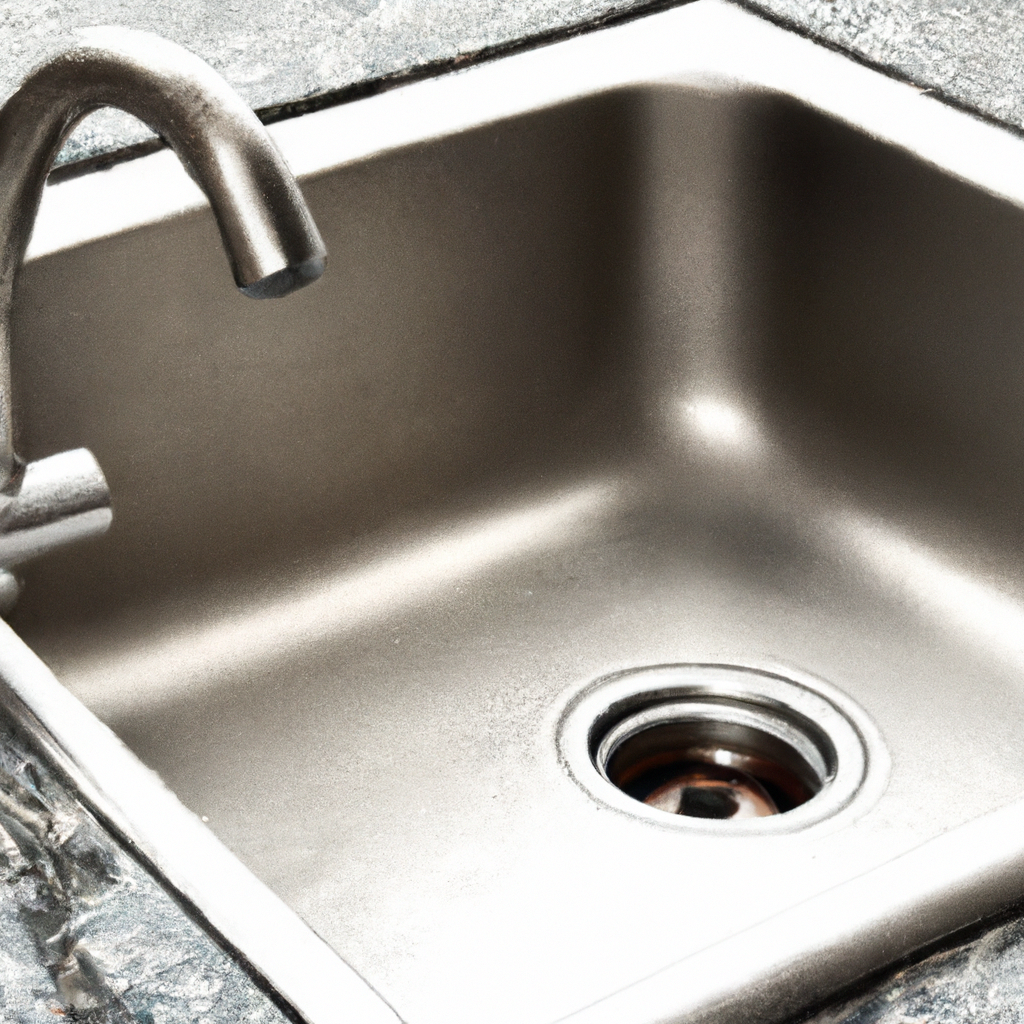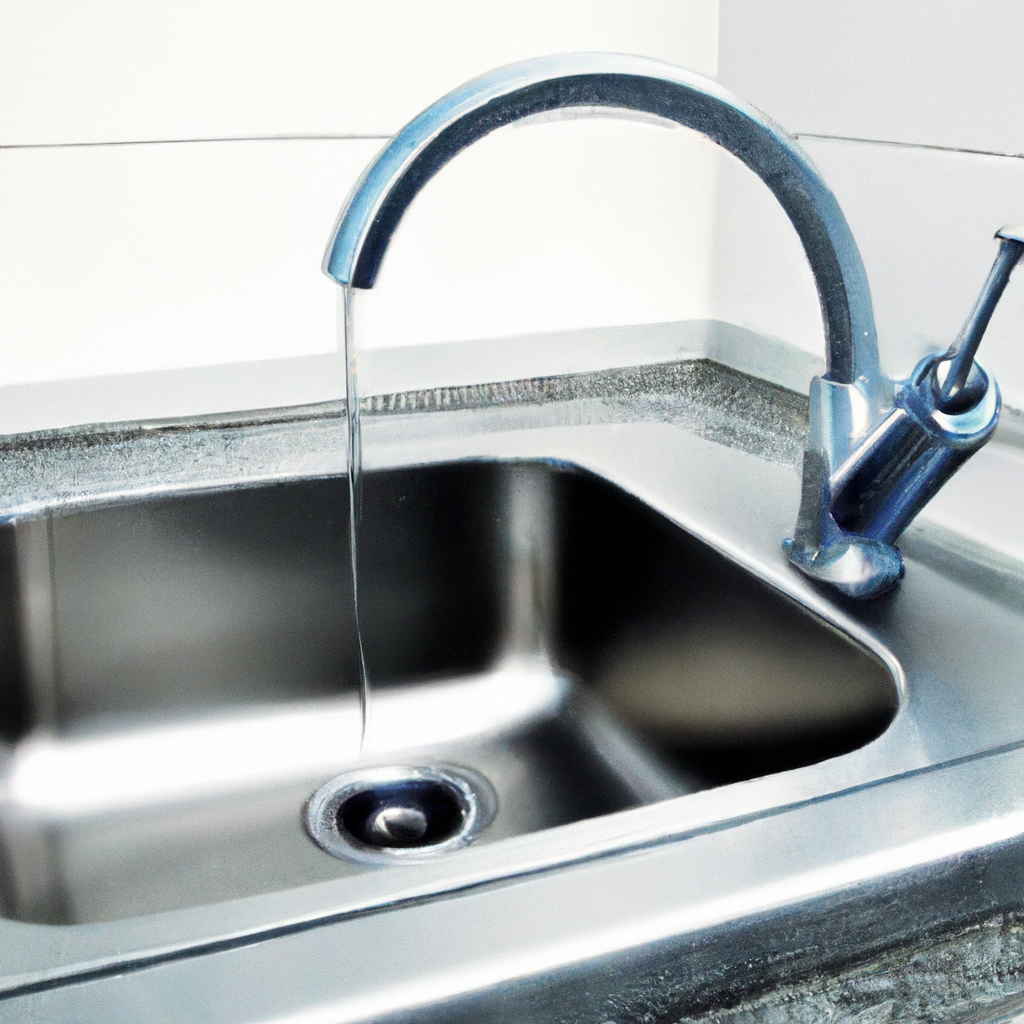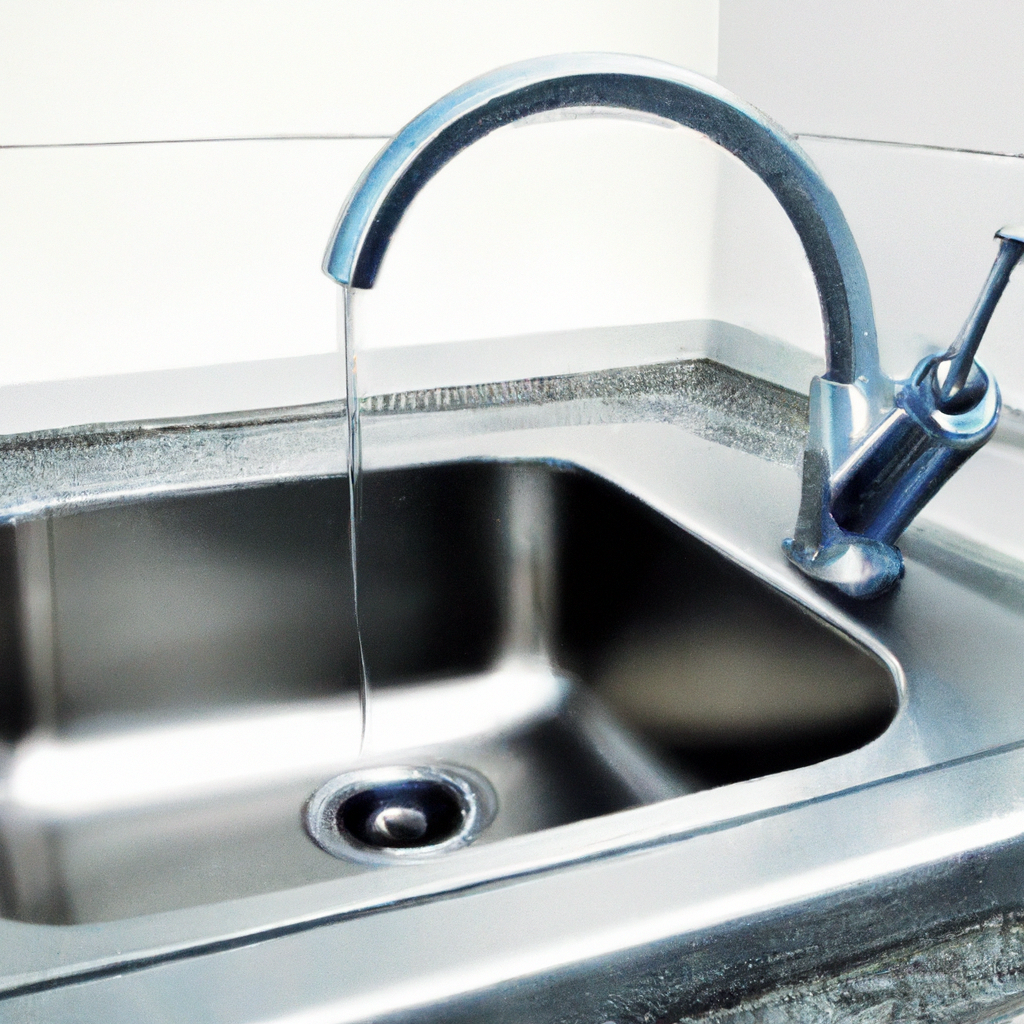Are you in the process of renovating your kitchen or contemplating a new kitchen sink? Choosing the right material for your kitchen sink can make a significant impact on both the functionality and aesthetic of your space. Whether you prefer the timeless elegance of stainless steel or the natural beauty of porcelain, each material comes with its own set of pros and cons. In this article, we will explore the different kitchen sink materials and evaluate their advantages and disadvantages, helping you make an informed decision for your home.

Stainless Steel
Pros of Stainless Steel Sinks
Stainless steel sinks are a popular choice for many households due to their numerous advantages. First and foremost, stainless steel sinks are highly durable and resistant to corrosion and rust, making them a long-lasting option for your kitchen. They can withstand constant exposure to water, soap, and cleaning agents without losing their luster or functionality.
Another major advantage of stainless steel sinks is their versatility in terms of design. They come in various shapes, sizes, and styles to suit different kitchen aesthetics. Additionally, stainless steel sinks are known for their sleek and modern appearance, which can enhance the overall look of your kitchen.
Maintenance is also a breeze with stainless steel sinks. They are easy to clean and require minimal effort to keep them looking shiny and spotless. Stainless steel is a non-porous material, meaning it does not absorb stains or odors, making it a hygienic choice for your kitchen.
In terms of affordability, stainless steel sinks are often less expensive compared to other materials on the market. This makes them a budget-friendly option for homeowners who still want high-quality and durable sinks without breaking the bank.
Cons of Stainless Steel Sinks
Despite their many advantages, stainless steel sinks do have a few drawbacks to consider. One of the most common complaints about stainless steel sinks is their tendency to scratch and show fingerprints easily. However, this can be mitigated by opting for sinks with higher gauge stainless steel, which is thicker and more resistant to dents and scratches.
Another potential downside is the noise factor. Stainless steel sinks are known to produce louder echoes and noise when water or dishes come into contact with their surface. This could be concerning for homeowners who prefer a quieter kitchen environment. However, soundproofing techniques and adding insulation can help reduce this issue significantly.
Lastly, while stainless steel is generally resistant to stains, it is still susceptible to certain chemicals and harsh cleaning agents that can cause discoloration or damage to the sink. It is important to use mild and non-abrasive cleaning products to maintain the longevity and appearance of your stainless steel sink.
Cast Iron
Pros of Cast Iron Sinks
Cast iron sinks are renowned for their classic and timeless appeal. They bring a sense of nostalgia and elegance to any kitchen, making them a popular choice for homeowners who prefer a traditional aesthetic. Cast iron sinks are also available in a wide range of colors, allowing you to customize the appearance of your sink to match your kitchen decor.
One of the greatest advantages of cast iron sinks is their exceptional durability. They are heavy, sturdy, and resistant to chipping and denting. With proper care, a cast iron sink can last for decades without losing its charm and functionality.
Another noteworthy benefit of cast iron sinks is their heat resistance. They can withstand high temperatures, making them suitable for tasks such as draining boiling water or placing hot pots and pans directly into the sink without causing damage. This feature adds convenience and versatility to your kitchen routine.
Furthermore, cast iron sinks have a smooth and non-porous surface that prevents the accumulation of dirt, stains, and bacteria. This makes them incredibly easy to clean and maintain, ensuring a hygienic environment in your kitchen.
Cons of Cast Iron Sinks
While cast iron sinks have many advantages, they also have a few drawbacks to consider. One major downside is their weight. Cast iron sinks are significantly heavier than other materials, which can make installation a more challenging and time-consuming process. It is crucial to ensure that your kitchen cabinets and countertop can support the weight of a cast iron sink.
Another potential disadvantage of cast iron sinks is their susceptibility to scratches and chips. Although cast iron is durable, it is not entirely resistant to these forms of damage. Care must be taken to avoid dropping heavy objects onto the sink and using abrasive cleaners that can cause scratches.
Additionally, cast iron sinks require regular maintenance to prevent the formation of rust. If the protective enamel coating of the sink becomes damaged or worn, it can lead to rusting, which can be difficult to repair. Routine inspections and touch-ups are necessary to maintain the longevity and pristine condition of your cast iron sink.

Fireclay
Pros of Fireclay Sinks
Fireclay sinks are a popular choice for homeowners seeking a blend of durability and elegance. Made from a combination of clay and porcelain, fireclay sinks offer a unique and luxurious feel to any kitchen decor. They are known for their smooth, glossy finish, and are available in a variety of styles and colors to suit different design preferences.
One of the key advantages of fireclay sinks is their durability. The firing process used to create fireclay sinks results in a strong and dense material that is resistant to chips, scratches, and stains. Fireclay sinks can withstand heavy daily use without losing their original appearance, making them an excellent long-term investment for your kitchen.
Another appealing aspect of fireclay sinks is their resistance to fading and discoloration. The glossy finish of fireclay sinks helps to maintain their vibrant color over time, ensuring that your kitchen remains visually appealing for years to come.
Furthermore, fireclay sinks are highly heat resistant, allowing you to place hot pots and pans directly into the sink without any concerns of damage. This heat resistance also extends to the prevention of cracks and fractures due to sudden temperature changes, adding to the overall durability of fireclay sinks.
Cons of Fireclay Sinks
Although fireclay sinks offer many advantages, there are a few cons to consider. One minor drawback is their weight. Fireclay sinks can be relatively heavy, which may require extra support during the installation process. It is important to ensure that your kitchen cabinets and countertop can withstand the weight of a fireclay sink before proceeding with installation.
Another potential issue with fireclay sinks is their susceptibility to staining from certain food and chemical substances. While the dense nature of fireclay minimizes the risk of stains, it is still important to clean up spills promptly and avoid using highly abrasive or acidic cleaners that may damage the sink’s surface.
Lastly, fireclay sinks tend to be more expensive compared to other materials on the market. The high-quality craftsmanship and durability of fireclay sinks contribute to their higher price tag. However, when considering the long-term benefits and aesthetic appeal, many homeowners find the investment in a fireclay sink worthwhile.
… (continue with the remaining materials)

